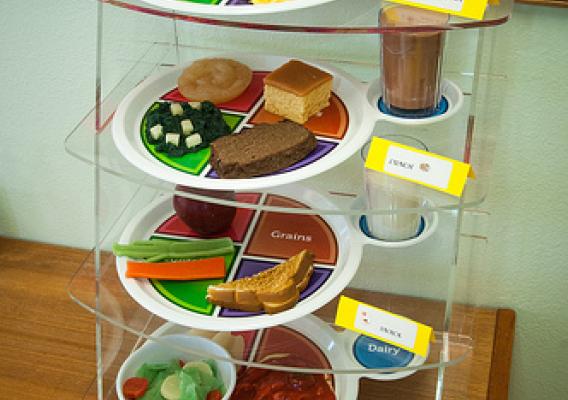This post is part of the Science Tuesday feature series on the USDA blog. Check back each week as we showcase stories and news from USDA’s rich science and research portfolio.
In the wake of the economic downturn that began in late 2007, food insecurity in households with children remains near the highest level observed since monitoring began in 1995. In 2011, 20.6 percent of U.S. households with children were food insecure—unable at some time during the year to acquire adequate food for one or more members due to insufficient money or other resources for food. In about half of those households, only adults experienced reduced food quality or quantity, but in 10 percent of all households with children, one or more of the children were also affected.
Food security is especially important for children because the foods they eat—or don’t eat—affect not only their current health and well-being, but also their development and future health. Studies suggest that children in food-insecure households are more likely to have negative health and development outcomes than children in otherwise similar food-secure households, such as poorer health, more frequent colds, and lower math and reading achievement.








